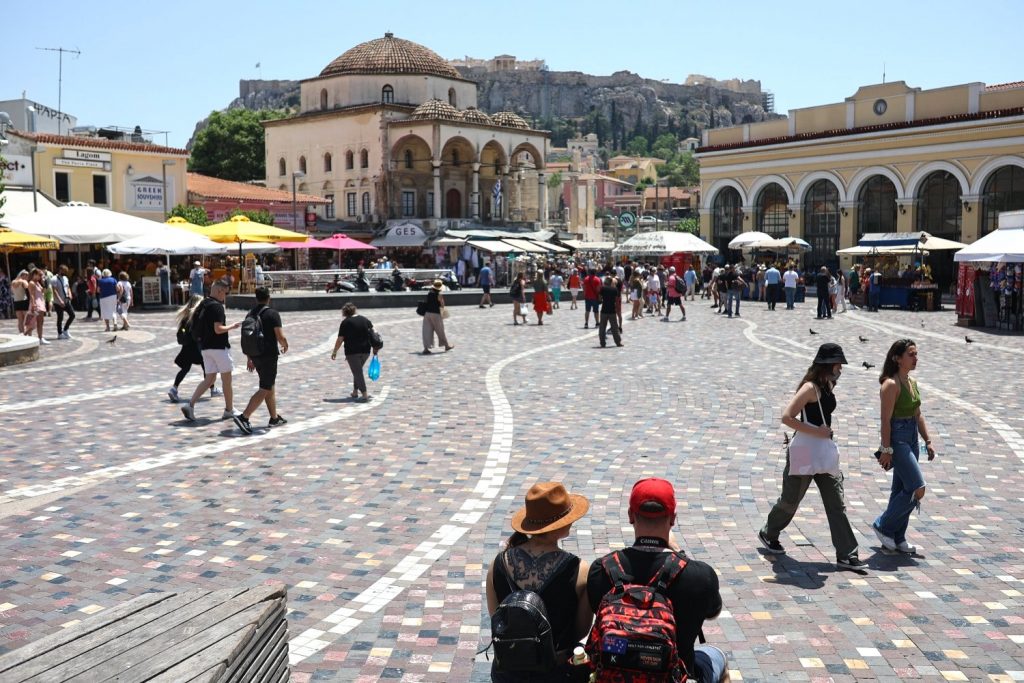Balancing the financial benefits of a thriving tourism sector for local and national economies with the risk of overtourism and the subsequent drawbacks is emerging as a serious problem in the EU.
Along with record numbers of visitors come problems such as rising housing costs and strained local services. In recent years, protests have erupted across several island regions as residents demand that local authorities prioritize their needs.
According to a recent report by the website BookRetreats.com, some islands have adopted more sustainable practices. Overtourism is particularly harmful to small, resource-constrained areas.
The analysis, based on the latest data from the European Commission, focused on the number of overnight stays per square kilometer—a key indicator of tourism intensity, especially critical for islands with limited resources.
Chios serves as a notable example of an island untouched by overtourism. Despite being Greece’s fifth-largest island, it remains largely off the tourist radar. Comparable in size to Lanzarote, Chios records around 21,000 fewer overnight stays per square kilometer.
This is no accident: the island’s economy thrives thanks to its unique mastic production, which is found almost exclusively there. Free from dependency on mass tourism, Chios has chosen a more sustainable path, investing in family-run guesthouses, traditional stone homes, and the preservation of its cultural heritage. Villages like Pyrgi and Mesta appear frozen in time, while beaches remain peaceful and natural.
Other Greek islands that rank among Europe’s least saturated include Euboea, Lesbos, Lemnos, Ikaria, and Samos.
Meanwhile, Malta has emerged as the most densely visited island in Europe. Though Mallorca remains Europe’s most popular island destination, none attract as many tourists in such a small area as Malta. At just 316 square kilometers, Malta sees over 38,700 overnight stays per square kilometer. The pressure is most visible in places like the Blue Lagoon on Comino, which can draw up to 12,000 visitors per day during the summer. In response, authorities have imposed a daily cap of 4,000 visitors and now require reservations. Nevertheless, the government still aims to increase annual arrivals to 4.5 million by 2034.




